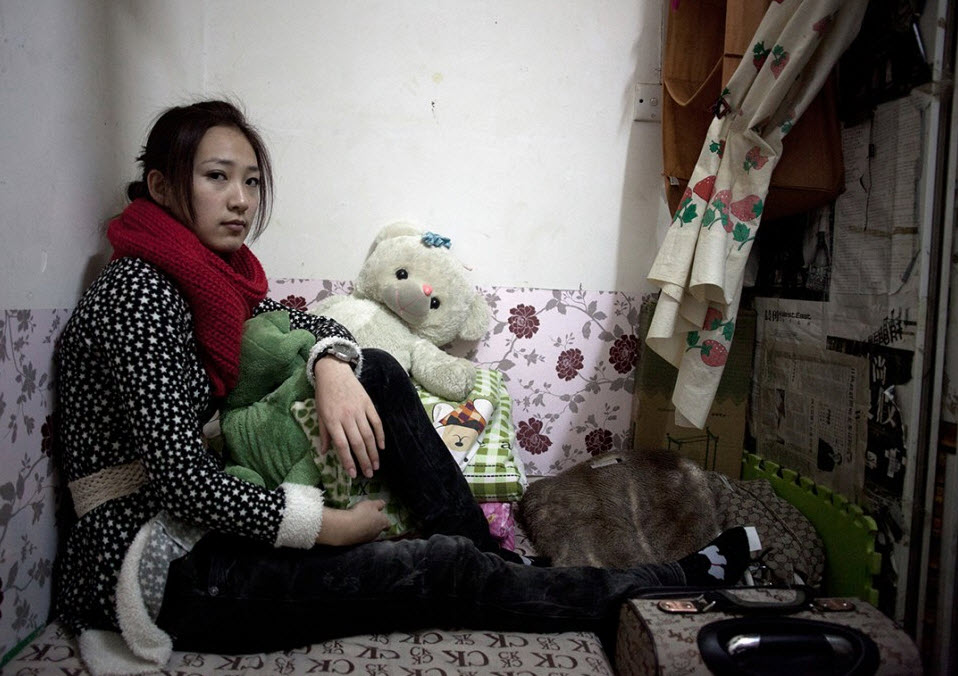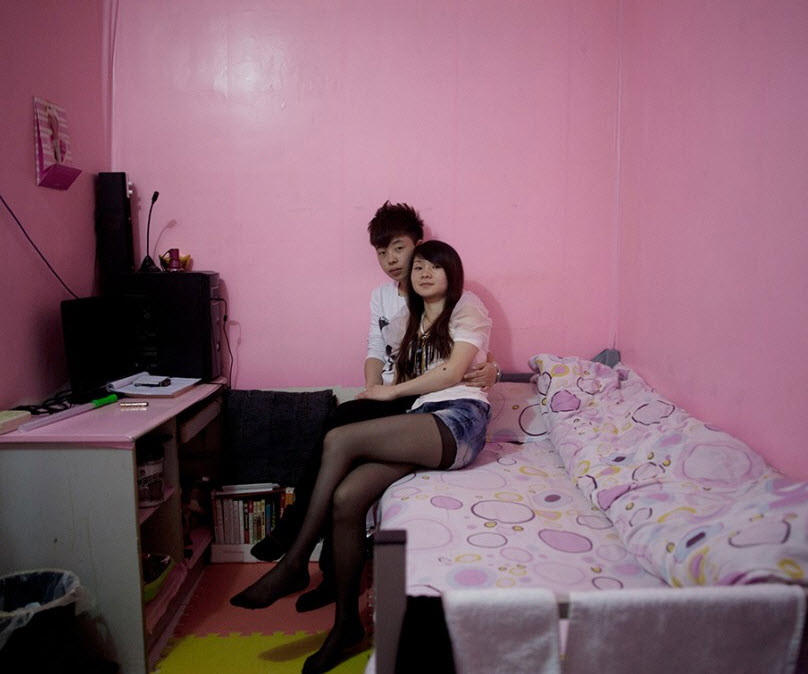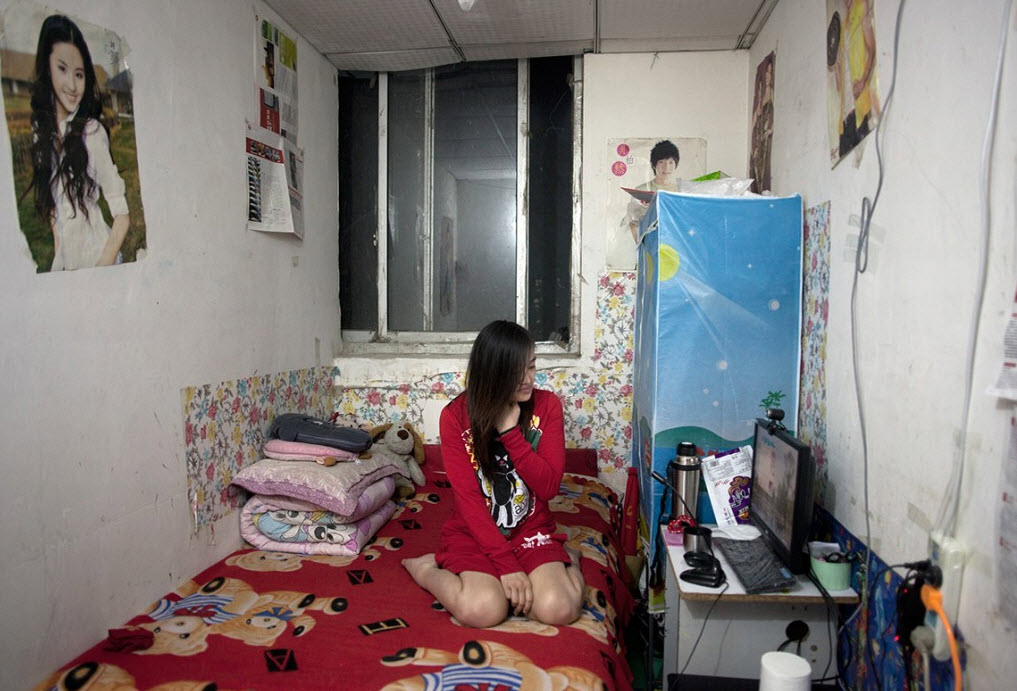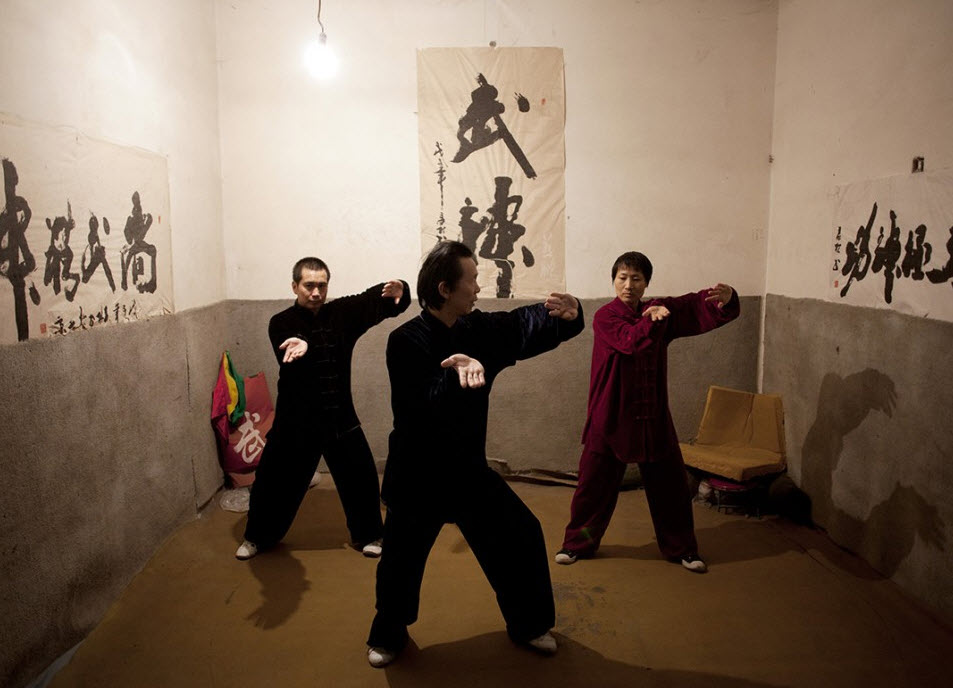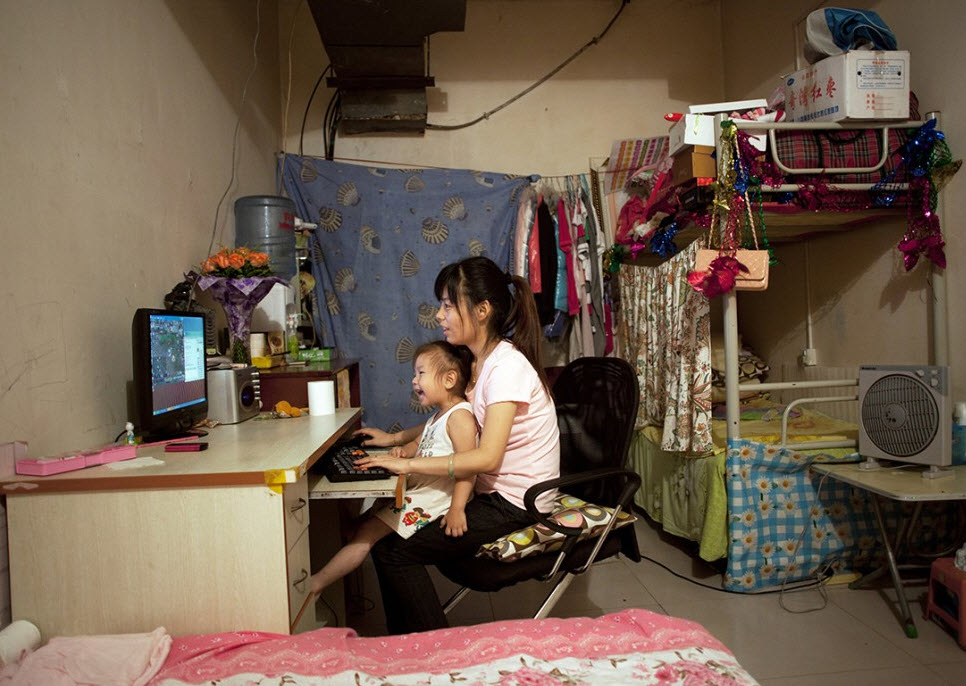Meet China’s Morlocks: 1 Million Beijing Residents Live Undeground
By Tyler Durden | ZeroHedge
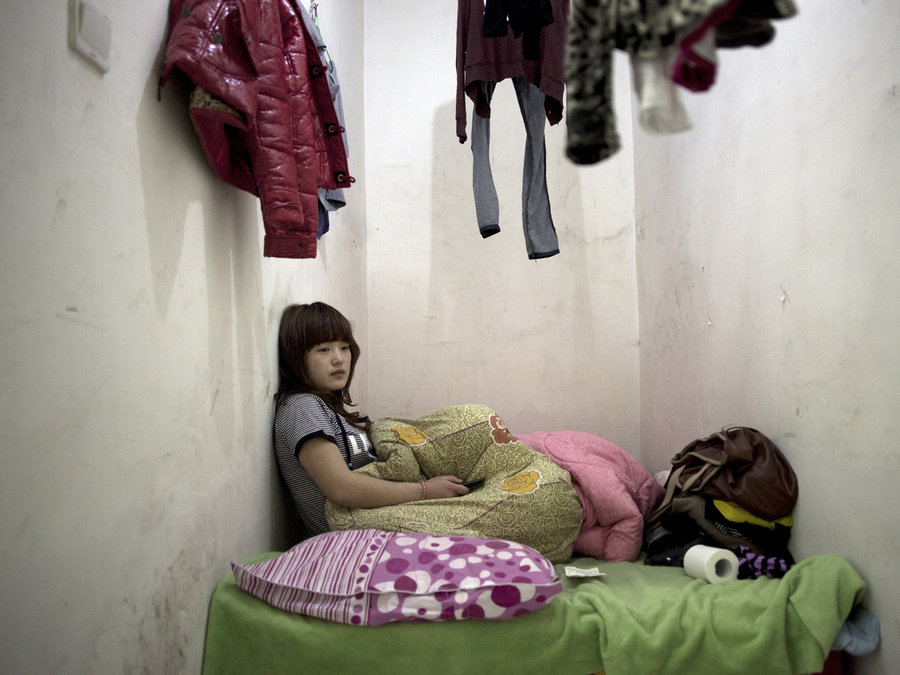
For an estimated 1 million Beijing residents, dubbed the “rat tribe”, living above ground (or in ghost cities) is a luxury they simply cannot afford. As NPR reports, with even the tiniest apartment costing a fortune (and 21 million people fighting for space), there has emerged a new ‘affordable’ housing option… below the city’s bustling streets. Thanks to building codes that force the creation of basements and bomb shelters under new residences, there’s a lot of underground space (1 – 3 floors down) that is illegally – but affordably – used for habitation. With the Shanghai Composite stock index up over 40% year-to-date, creating wealth and trickling down, how can this be possible?
Below the city’s bustling streets, bomb shelters and storage basements are turned into illegal — but affordable — apartments.
Annette Kim, a professor at the University of Southern California who researches urbanization, spent last year in China’s capital city studying the underground housing market.
“Part of why there’s so much underground space is because it’s the official building code to continue to build bomb shelters and basements,” Kim says. “That’s a lot of new, underground space that’s increasing in supply all the time. They’re everywhere.”
She says apartments go one to three stories below ground. Residents have communal bathrooms and shared kitchens. The tiny, windowless rooms have just enough space to fit a bed.
“It’s tight,” Kim says. “But I also lived in Beijing for a year and the city, in general, is tight.”
With an average rent of $70 per month, she says, this is an affordable option for city-dwellers.
But living underground is illegal, Kim says, since housing laws changed in 2010.
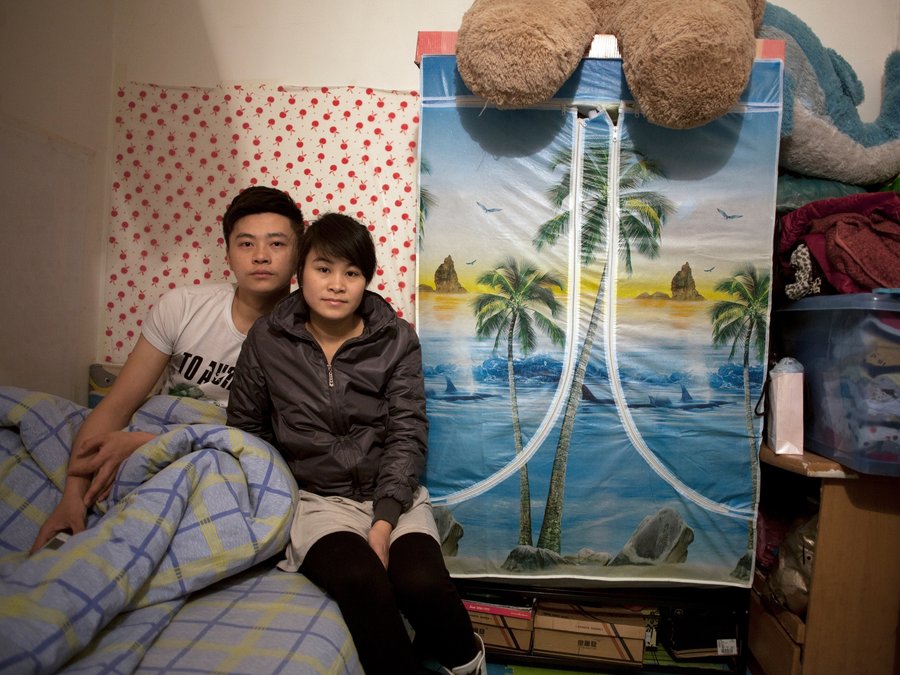
And, in addition, there’s a stigma to living in basements and bomb shelters, as Kim found when she interviewed residents above-ground about their neighbors directly below.
“They weren’t sure who was down there,” Kim says. “There is actually very little contact between above-ground and below-ground, and so there’s this fear of security.”
In reality, she says, the underground residents are mostly young migrants who moved from the countryside looking for work in Beijing.
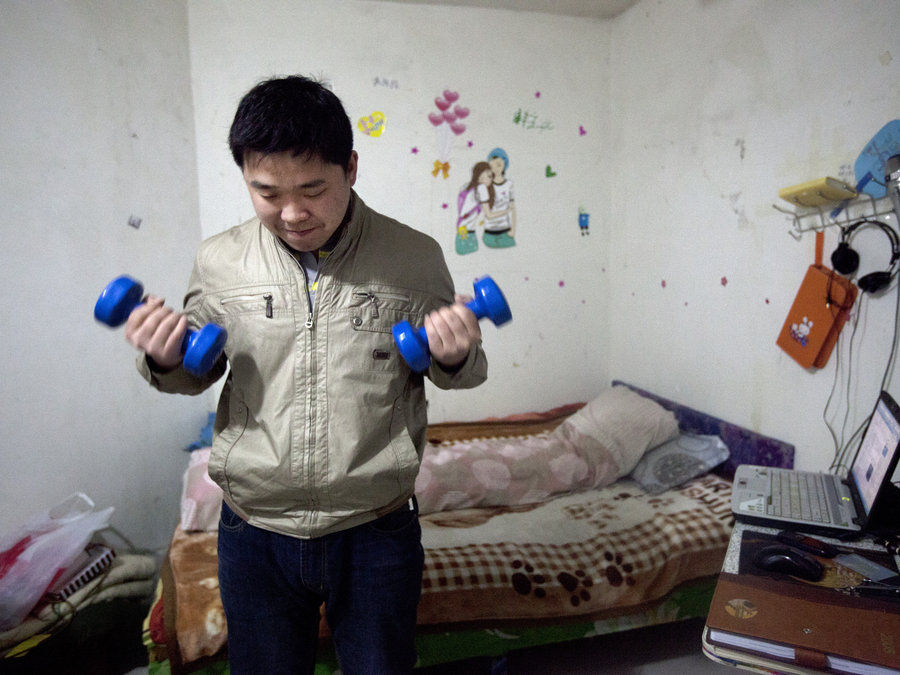
“They’re all the service people in the city,” she says. “They’re your waitresses, store clerks, interior designers, tech workers, who just can’t afford a place in the city.”
But it’s rare to get a glimpse below. Property owners can be strict about whom they let in. But Beijing-based photographer Chi Yin Sim found a way.
She’s documented life under the city in a collection called China’s “Rat Tribe.”
“I started to try and find ways to get down there because I was fascinated by the fact that there was a universe beneath our feet,” Sim says.
The first basement-dweller she met was a young woman, a pedicurist at a salon, who lived with her boyfriend.
“I was just like, ‘Can I come and visit?’ And she was like, ‘Sure, come and visit us,’ ” Sim says.
The couple lived two floors below a posh Beijing apartment complex.
Sim’s photos show just how tiny these units really are. The couple sits on their bed, surrounded by clothes, boxes and a giant teddy bear. There’s hardly any room to move around.
“The air is not so good, ventilation is not so good,” Sim says. “And the main complaint that people have is not that they can’t see the sun: It’s that it’s very humid in the summer. So everything that they put out in their rooms gets a bit moldy, because it’s just very damp and dank underground.”
But despite the laws against living underground, and the discomfort and shame associated with it, Kim says it’s still a very active market. For hundreds of thousands of people, it’s the only viable option for living in, or under, Beijing.
China’s Rat Tribe, by Sim Chi Yin from Invisible Photographer Asia on Vimeo.
So much for that urbanization route to responsible growth. Global hot money has squeezed an entire generation of service workers out from ever achieving their dreams.

